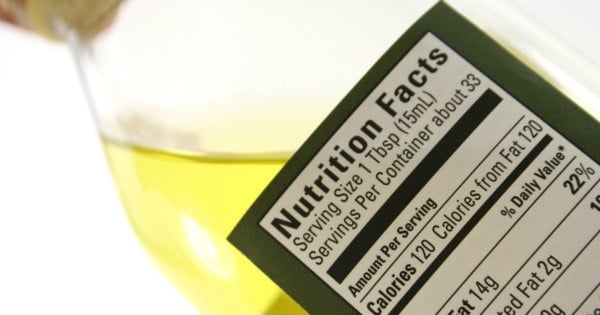
Light or “lite”, 99% fat-free, reduced fat, low fat, less fat, reduced calorie, low calorie, lean, extra lean – are products with these labels always healthier?
First, let’s talk about fat. Fat in foods and drinks is either unsaturated (monounsaturated or polyunsaturated, the latter as omega-3 or -6; or trans-fats), saturated.
These differ based on their chemical structures and properties, including whether they are “saturated” with more hydrogen atoms and are liquid or solid at room temperature. They also differ in their effects on human health.
In the early to mid-1900s, discoveries about the energy value of different macronutrients led to the establishment of “Atwater Factors”. These are standardised values of how much energy, or kJ/kcal/calories, a nutrient such as fat or carbohydrate provides to the human body.
Fat was assigned the highest value of 37 kilojoules per gram, indicating it provides the most energy per weight unit (gram) to the human body out of all the macronutrients (more than carbohydrates, protein and alcohol). As it was the most enery-dense, this contributed to a belief that a high-fat diet would lead to weight gain.






























































































